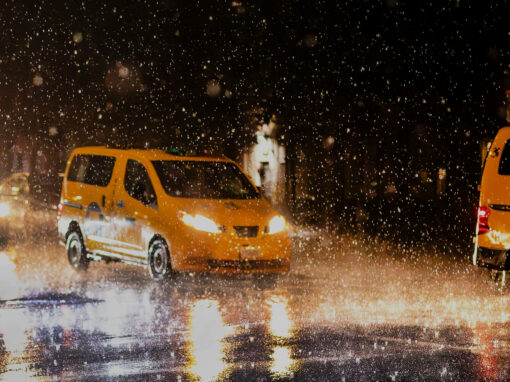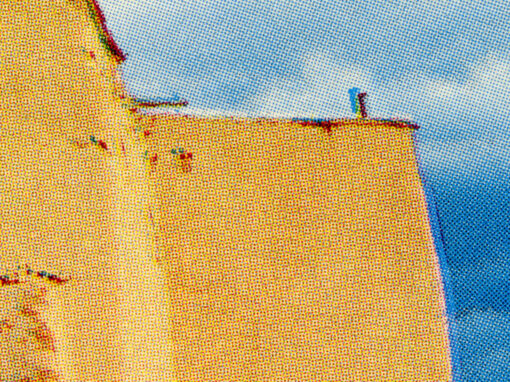There is a special place in my heart for the travelogue photobook.
I do not mean collections of travel photos, although I love those dearly, too. What I mean is the book that follows one journey, beginning to end, documenting the narrative of the trail.
I like to get caught up in a story, to feel the rise and fall of the land as the artist travels.
“Road to Bamako: Following the Grand Niger River Band 1978” by Michael Snoek
Self-published, 2022
review by W. Scott Olsen
And now I have, happily, Michael Snoek’s Road to Bamako on my desk. A record of his travels along the Niger River in 1978, the book is a wonderful way to see, and participate in, his adventure.
To be clear, Road to Bamako is not a troubled quest. It is much more an opportunity and a curiosity story. “December 1977 was the last month of Dorothee’s contract in Lomé,” he writes, “and we decided to extend our journey back home to Hamburg by traveling overland from Lomé, Togo, to Dakar, Senegal, where we planned to board a plane. Our main route followed the Niger River Bend, starting in Niamey and ending in Bamako. The Niger River, with its 4180km of length, third largest river in Africa, crosses five states and flows through some of the most enigmatic places in Africa.”
At this point, I’m hooked. A simple wonder to see for yourself? Count me in.
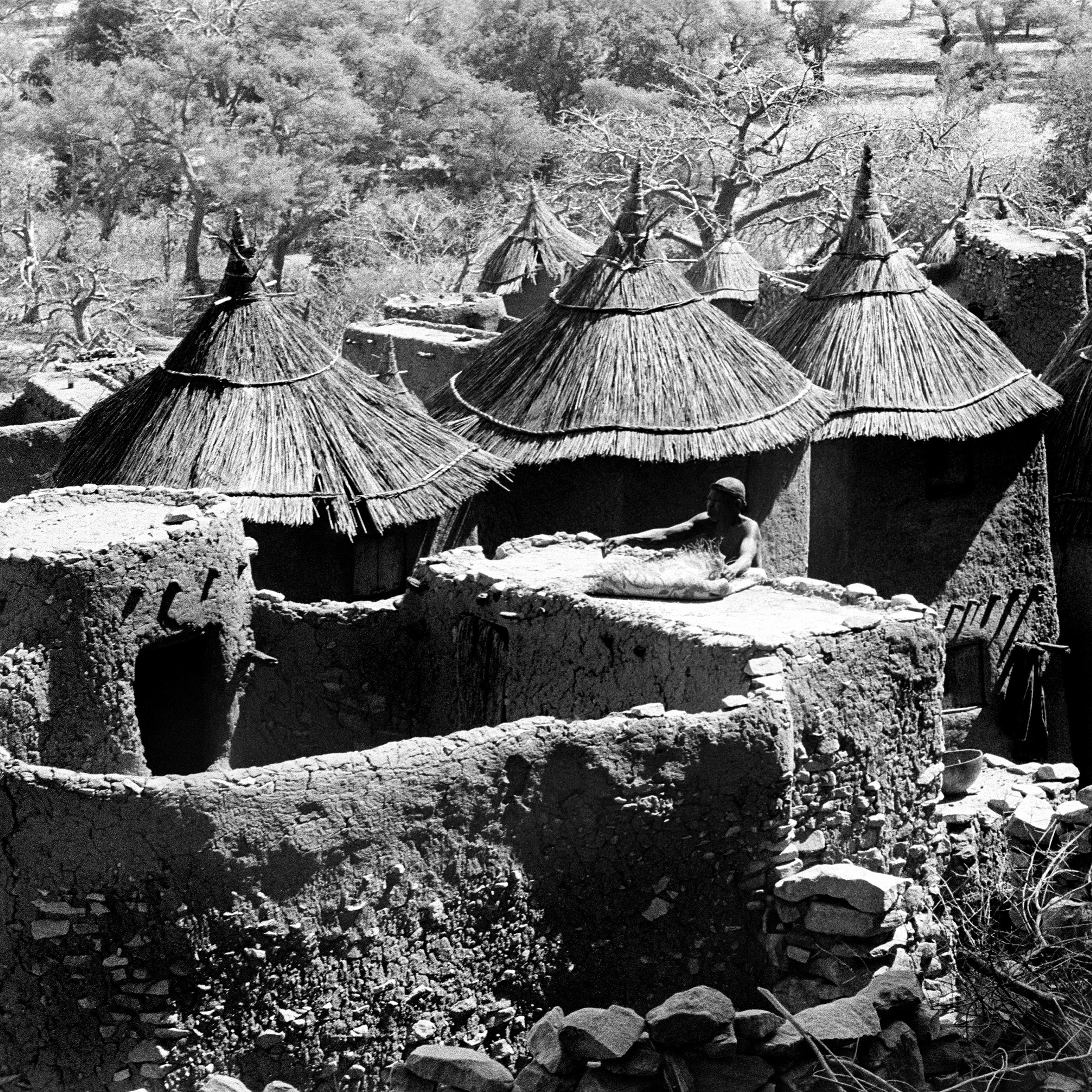
Snoek is understated when he says the region is enigmatic. In fact, the history of the landscape Snoek travels is maddeningly complex. There is African social and geophysical history. There is French colonial and post-colonial history. There are economic and agricultural, religious, ethnic, and literary histories and borders and agreements and arguments everywhere. The region is life-giving and lethal in the same instant.
Road to Bamako is a photo book, but Snoek includes a good bit of text to give context to the images. And while the book is personal, his approach to the writing is mostly at the logistical level. He does give historical context at times, but mostly in service of a general context – the type of thing you would say if you were narrating a slide show. Every chapter or section of the book begins with a brief narrative, a bit of history, or an itinerary that helps place the following images. Again, his style is understated.
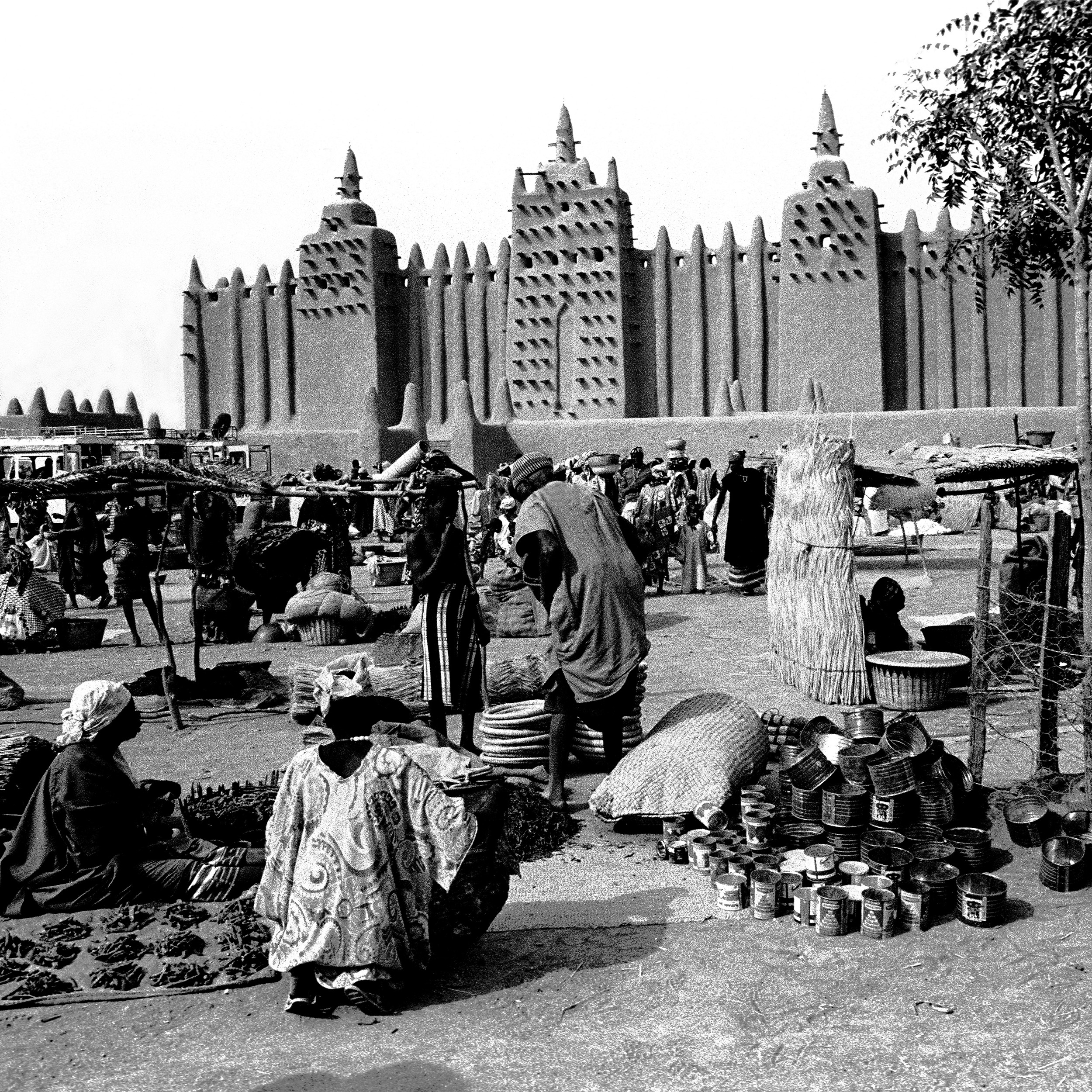
“Unfortunately, there were some border-crossing problems in Labezanga, so we had to stay two nights in Ayorou. There were no buses or other public transport available in Labezanga, but we managed to get some space on the back of a lorry packed with about 40-50 people, layers of goods, and a flock of sheep, two of which died during the trip, squeezed to death.”
Road to Bamako also does not get into literary travel writing – no novel-like narratives of dangerous river crossings or harrowing late-night encounters. Instead, we are offered necessary summaries.
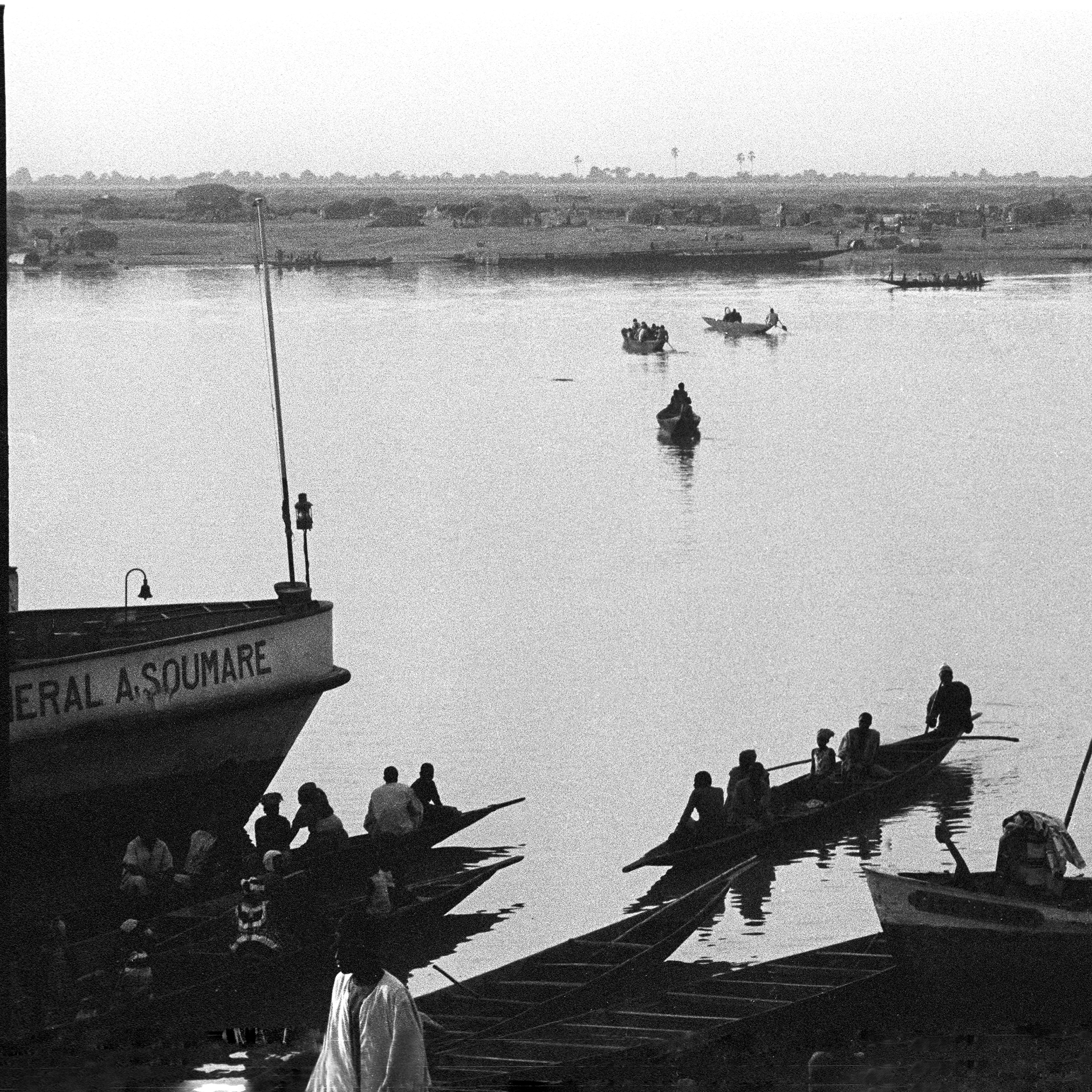
“Mopti, a town of about 260,000 inhabitants, today has developed into a major marketplace selling all the goods necessary for daily life. The streets were buzzing with shoppers, and people were carrying home recently bought pots, baskets, and, of course, bags or even entire slabs of salt. When a shipment of salt arrived at the river bank, quasi overnight all over Mopti, dealers with small heads or sawn-up blocks of salt offered the precious commodity to shoppers.”
And while the lack of a hundred pages of complicated historical unpacking or soul-shaking personal revelation in writing might sound like a complaint, I do not mean that at all. The information he offers is essential to understanding his journey to know where we are as the images go by. There is a page of solid references for the research. And the images are what this book is all about.
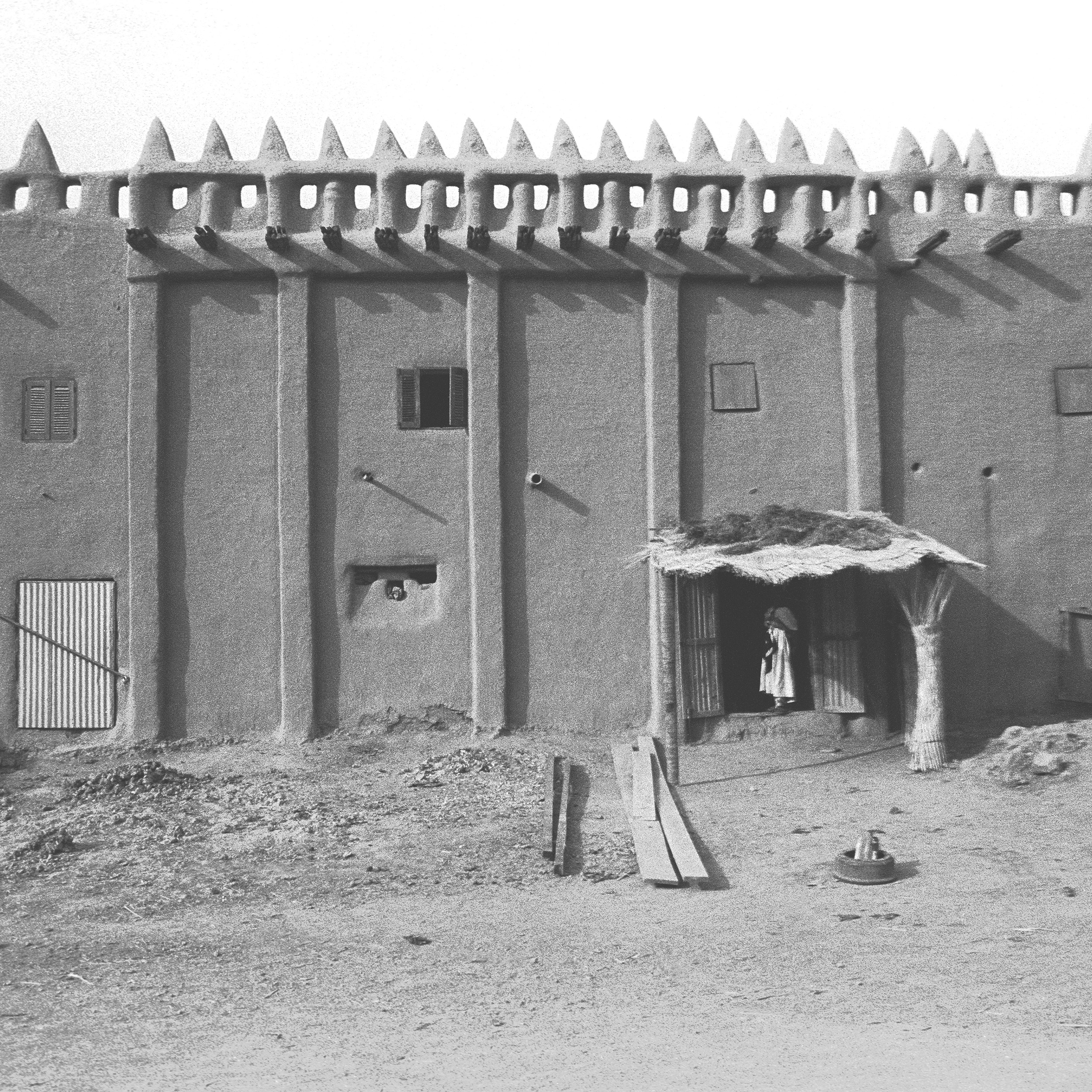
There are 123 images in the book, and every image was shot with a Nikon F2 on tri-x film. Black and white, grainy, often with a soft contrast or focus, the images are much more artistic presentation than ethnography or anthropology. And they are often as understated as his prose. They do not, even once, fall into the trap of the romanticized or problematic distortions of a European view. These images are documentary images of architecture and street scenes of Sahel Zone herders taken from some distance and a “wet embarking” of a motorized pirogue. Every one of them is fascinating as the story of their trip unfolds. Every one of them begins to reveal a nuance that makes viewing the images intriguing.
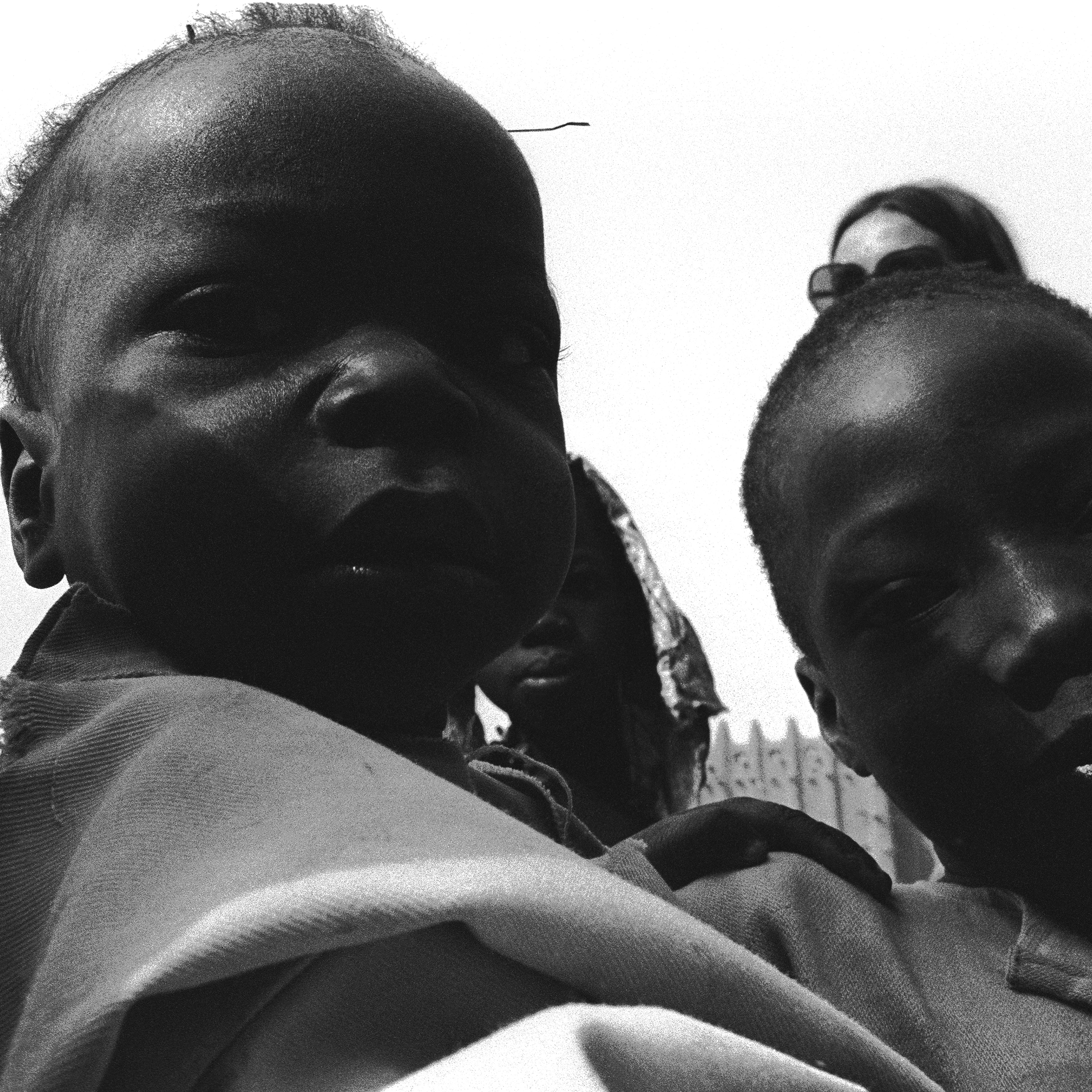
Road to Bamako is a book to be read from the front cover to the back. I quickly found myself standing in Snoek’s shoes as he encountered rivers and deserts, trucks and boats, mosques and huts, city streets and villages of huts. Every scene provoked a kind of wonder and envy that I wasn’t really there. The black-and-white, film-based collection invites a type of imagination – less artifact and more situation – which can make encountering this book deeply satisfying.
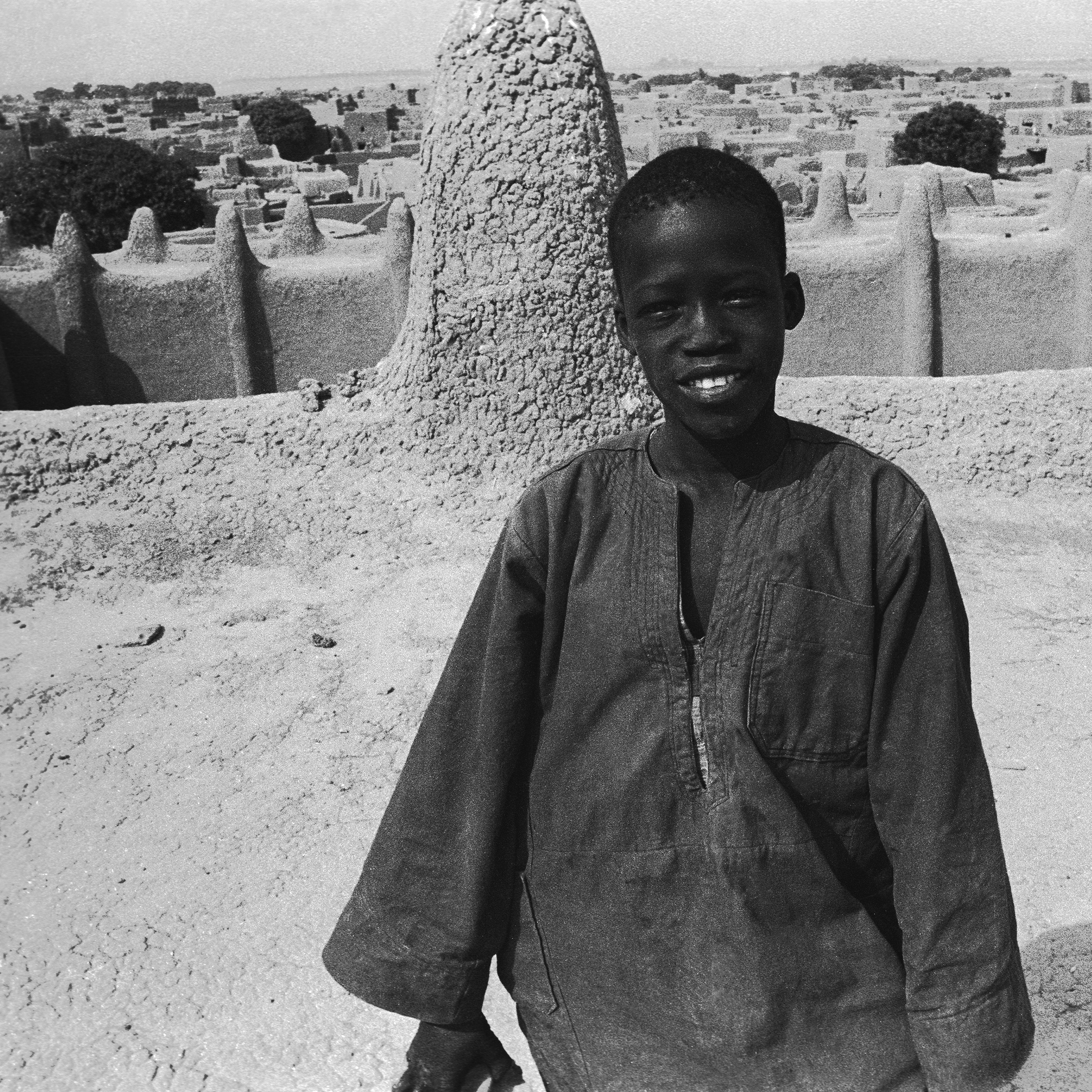
Michael Snoek has a solid talent. He is the author of several self-published photobooks: Master of the Forge, Water Mills, Colm Breen: Coachmaker, Djenne, The High Level Bridge, The Great Hall: Ulb, and now Road to Bamako. In addition, his work has been shown in galleries in Germany, Belgium, Ireland, Italy, and elsewhere.
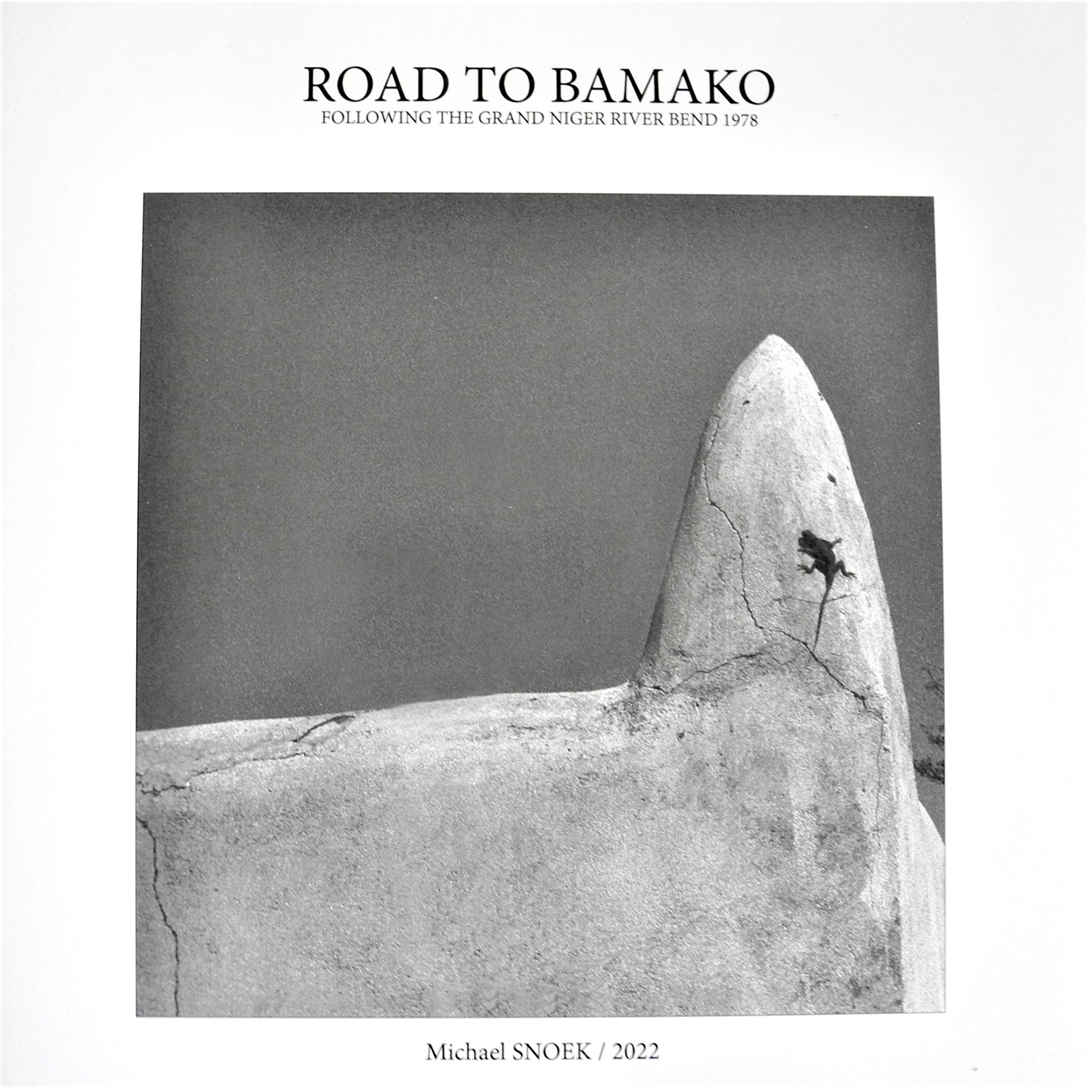
MICHAEL SNOEK
A note from FRAMES: Please let us know if you have a forthcoming or recently published photography book.



